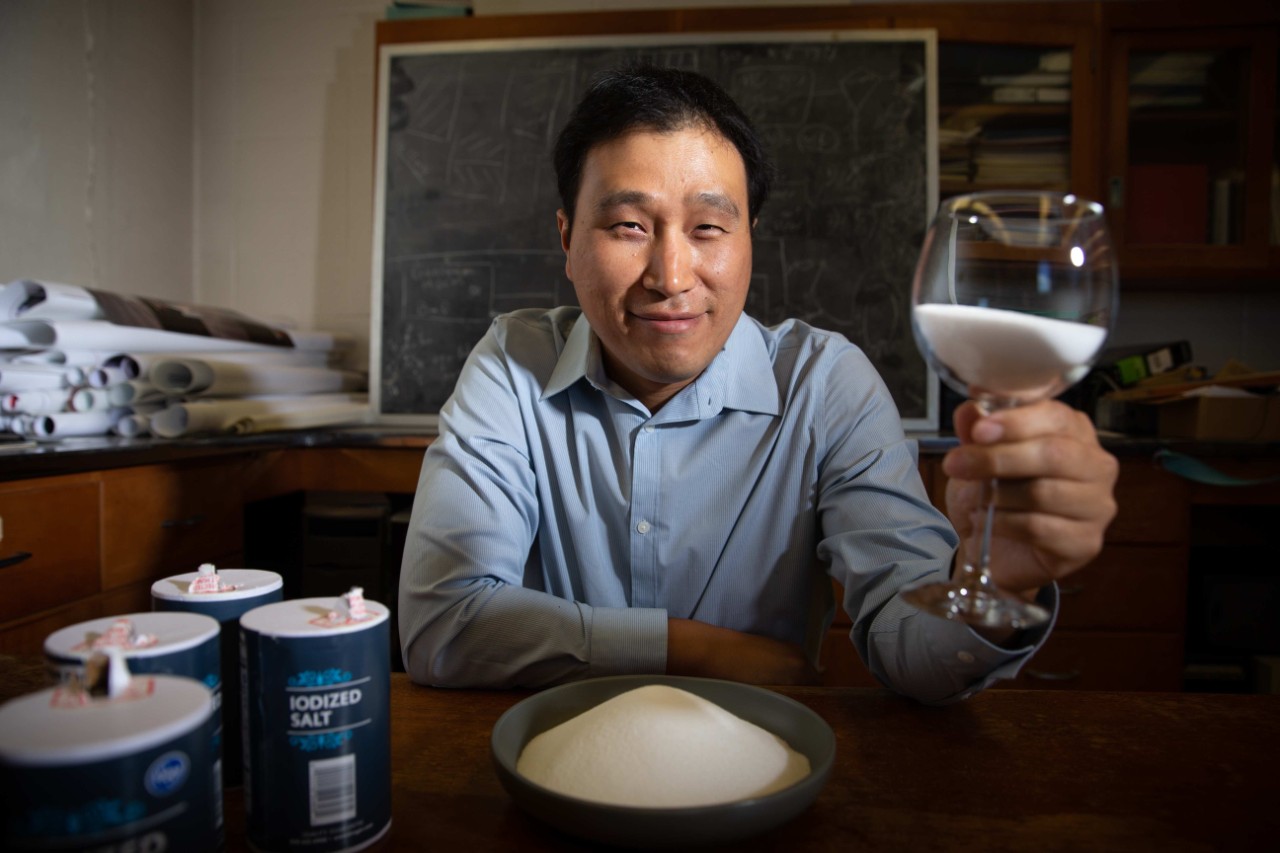Medium highlighted research by chemists at the University of Cincinnati who are investigating the thermodynamic properties of molten salt, a material used in energy projects such as solar towers and some nuclear power plants.
UC College of Arts and Sciences research associate Yu Shi, a computational chemist, and his collaborators developed a new simulation method to calculate free energy using deep learning artificial intelligence.
Molten salt is salt heated to high temperatures where it becomes a liquid. It's a valuable medium for energy storage and heat transfer.
"Molten salts are stable at high temperatures and can hold a lot of energy in a liquid state," Shi said. "They have good thermodynamic properties. That makes them a good energy storage material for concentrated solar power plants. And they can be used as a coolant in nuclear reactors."
Shi's study of molten salt was published in the Royal Society of Chemistry journal Chemical Science.
Featured image at top: University of Cincinnati chemist Yu Shi discovered a novel way to study the thermodynamic properties of molten salt. Photo/Andrew Higley/UC Marketing + Brand

Yu Shi is a research associate and computational chemist in UC's College of Arts and Sciences. Photo/Andrew Higley/UC Marketing + Brand






